Pickle Map of India: 30 Traditional Indian Achaars That Can Jazz Up Any Meal
Each ingredient carefully cleaned, cut, dried and cured under the scorching sun, homemade pickles in India are much more than a condiment. So we decided to make a Pickle Map of India with traditional varieties from every corner of the country.
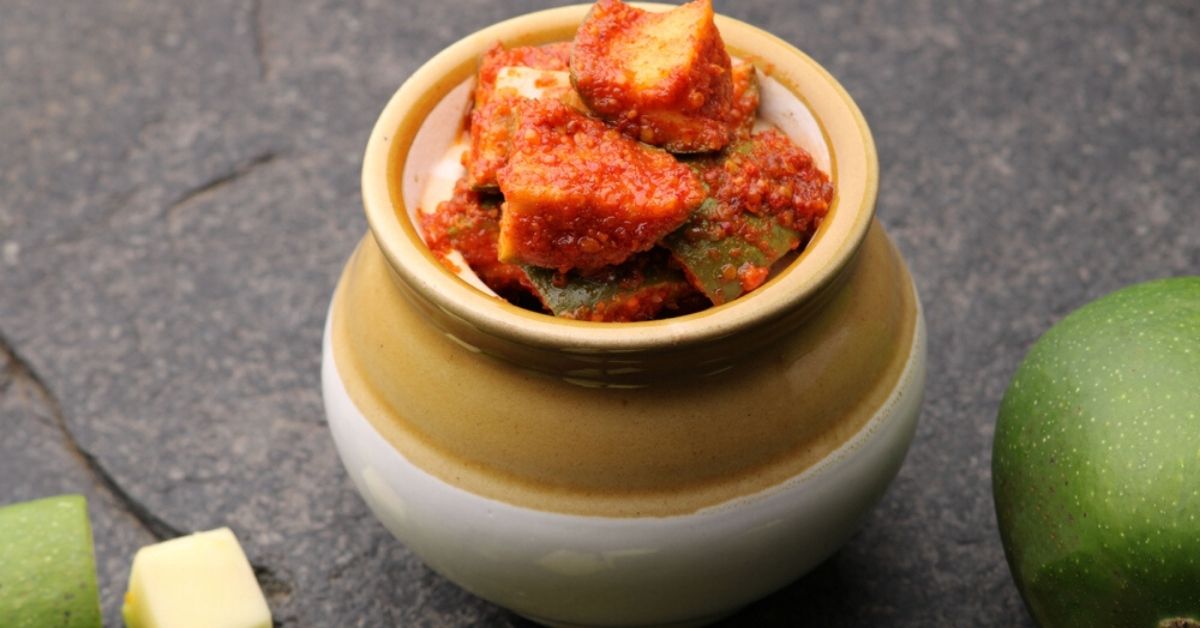
In India, pickles are a lot more than condiments. Not just vegetables and fruits preserved in brine and vinegar, pickles constitute a complex medley of flavours that are sprinkled with memories.
They remind me of summer vacations and a ritualistic game we played as kids. Pickle-picking, as we called it, was a well-known mohalla ritual, which involved kids sneaking into backyards or open terraces to get a quick taste from the pickle jars left out to cure under the sun. Almost every house had those jars filled with wondrous flavours lying outside and each of them unique in taste. Most of the neighbourhood knew about this supposedly secret game and some would even keep bowls and spoons out beside the jars to support our ‘heist’.
From sweet and tangy topa kuler achaar (Jujube berry pickle) to spicy dry fish and chilli pickle, every spoonful created a ‘Ratatouille’-esque explosion in the taste-buds and the mind.
Preserved with oil, spices and dollops of love, pickles in this country, whichever part you come from, is undisputedly personal. Each ingredient carefully cleaned, cut, dried and cured under the scorching sun is a testament of labour and love of our family. It is a condiment that travels straight from the lips to the heart.
So here’s presenting a pickle map of India.
As a tribute to this unique supplemental food that never fails to invoke a sense of youthful effervescence, here are five unique pickles from across India that can enliven the most boring meals in a jiffy!
Lingri ka Achaar
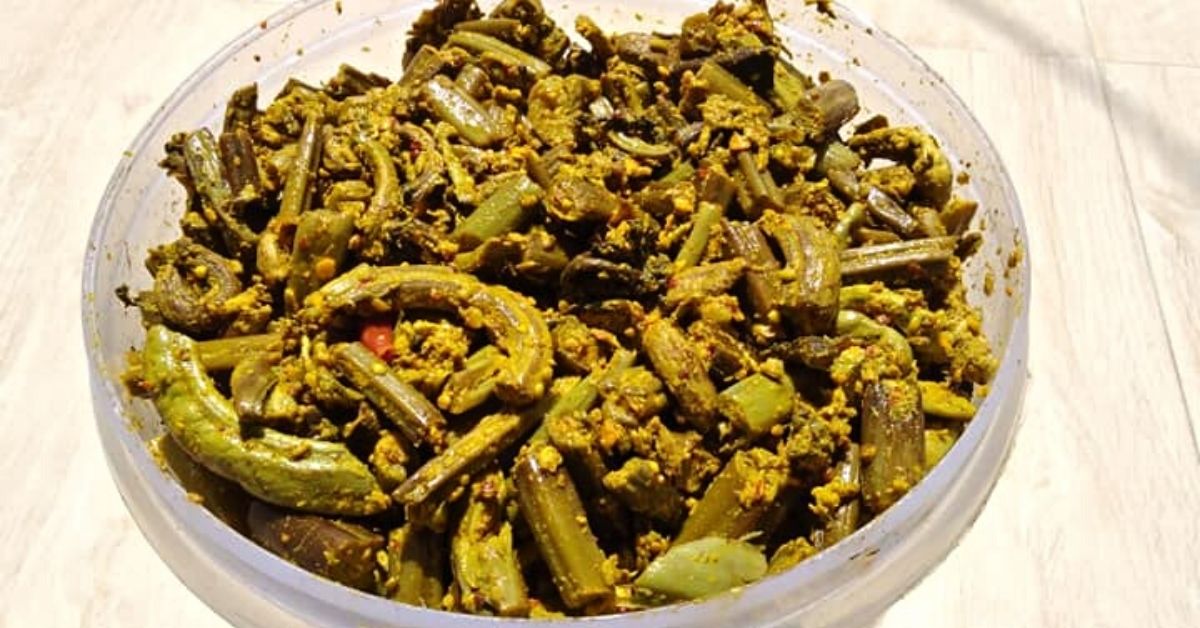
Himachal Pradesh’s pride, the fiddlehead fern pickle, known as lingri ka achaar, is a subtle compliment to the flavourful platter from the region. Found in Kullu valley, this vegetable is usually not cultivated and grows wild on its own in temperate regions. Women from the region use a medley of spices to flavour the tender and curled young shoots of lingri to make green slightly saccharine pickle.
Axone or Akhuni pickle
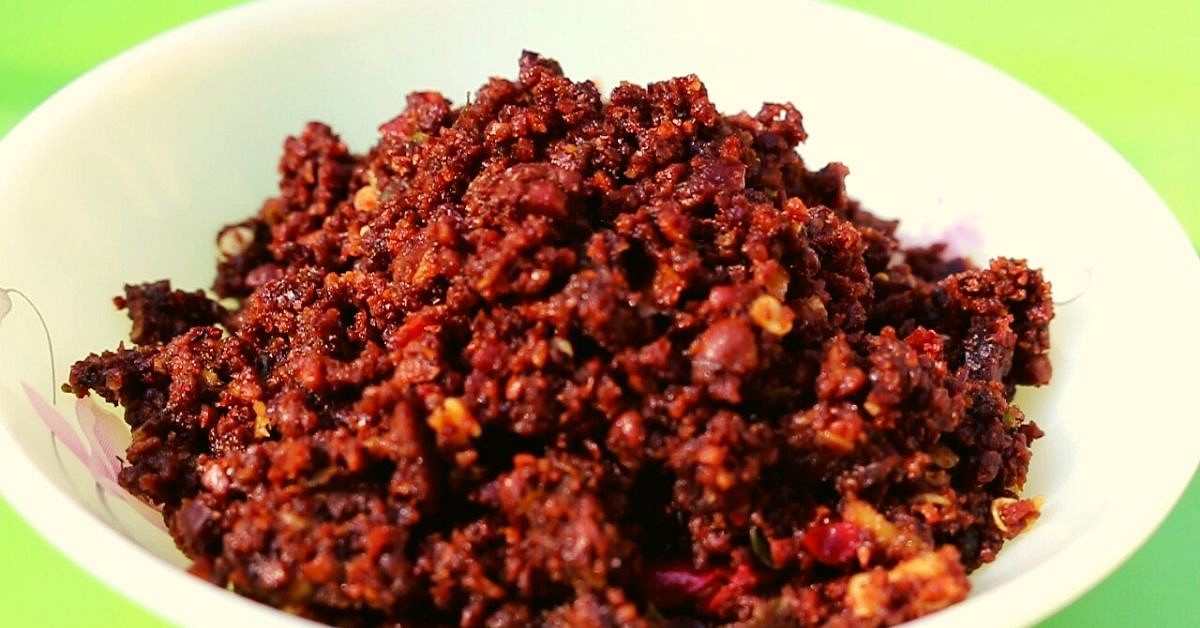
Another wonder from the mountains, this time from the Northeastern part of India, is axone. Pronounced as ‘akhuni’, it’s made of boiled and fermented soybeans. Known for its strong smell and umami flavour, the paste-like pickle with an unique pungency is used to flavour meat dishes as well as vegetables.
Kamal Kakdi ka Achaar
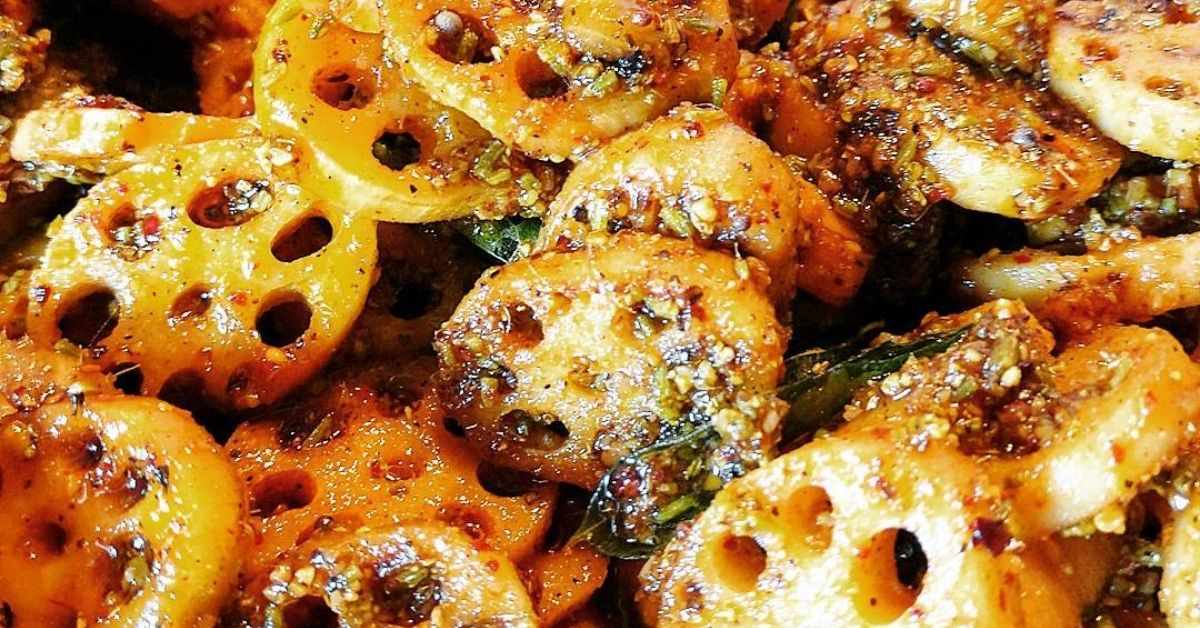
Lotus stem or kamal kakdi is one of the many lesser-known indigenous edible flower parts that the modern culinary world is only now discovering. Although served as a gourmet dish in many high-end restaurants today, kamal kakdi has for a long time been a local delicacy in many parts of India. In Jammu and Kashmir it is used to make a rare and exotic pickle called ‘kamal kakdi ka achaar’. A spicy surprise, it is made with thin slices of matured lotus stem, marinated and preserved in a mixture of chilli powder, coriander seeds, fennel seeds, nigella seeds, red chillies, turmeric, peppercorns, oil and salt. A delish pickle worth relishing with some stuffed parathas.
Chemmeen Achaar
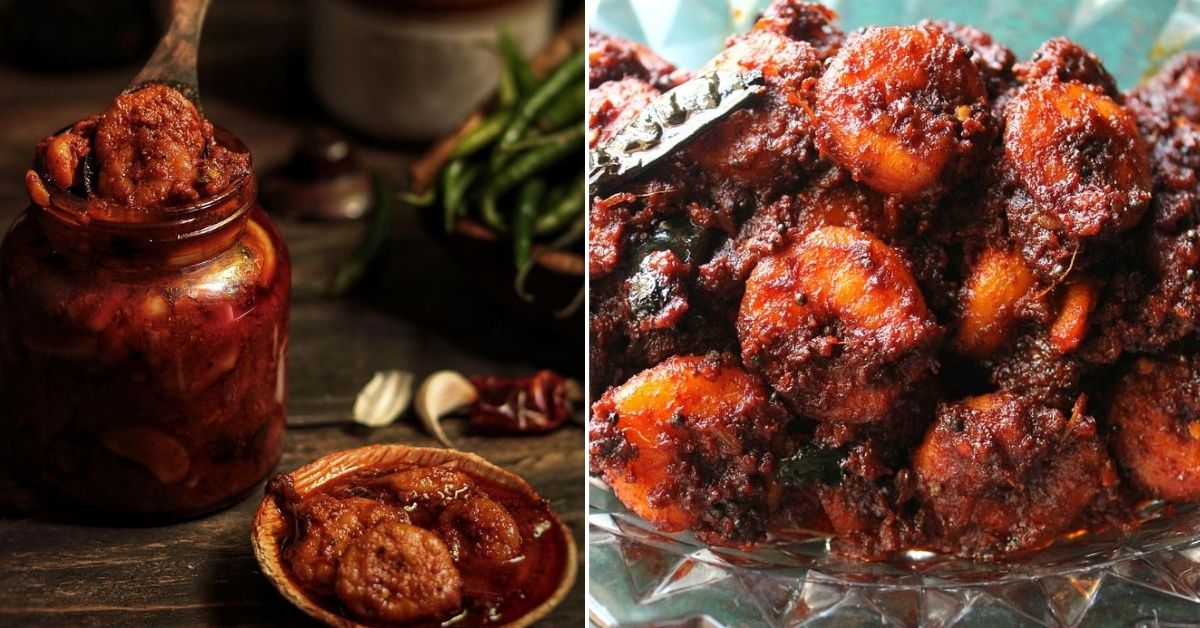
Non-vegetarian pickles, be it shutkir achaar (dried fish pickle) or chicken pickle, have the power to blur the lines of being a condiment or a curry. But, this pickle from God’s own Country, Kerala, tops that list. Known as chemmeen achaar, it is one of the juiciest and most delicious non-vegetarian pickles I have ever tasted. Made with fresh prawns and spices drenching in gingelly or coconut oil, this achaar is best served with hot steaming rice alongside some fish fry and curd.
Topa Kuler Achaar

In Bengal there exists a cautionary saying that one should not consume kul or the jujube berries before Saraswati Puja (held in February) or else they would fail all their exams. While most of us abided by it, the wait would always feel worth it, especially when welcomed with the topa kuler achaar. This sweet and tangy tantalising pickle is made with boroi or jujube berries, jaggery and paanch phoron (Bengali five spices).
Edited by Yoshita Rao
If you found our stories insightful, informative, or even just enjoyable, we invite you to consider making a voluntary payment to support the work we do at The Better India. Your contribution helps us continue producing quality content that educates, inspires, and drives positive change.
Choose one of the payment options below for your contribution-
By paying for the stories you value, you directly contribute to sustaining our efforts focused on making a difference in the world. Together, let’s ensure that impactful stories continue to be told and shared, enriching lives and communities alike.
Thank you for your support. Here are some frequently asked questions you might find helpful to know why you are contributing?


This story made me
-
97
-
121
-
89
-
167











